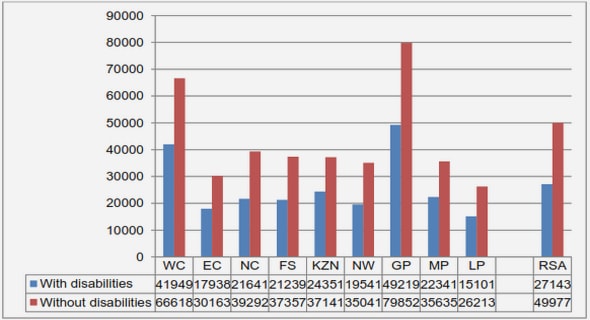(Downloads - 0)
For more info about our services contact : help@bestpfe.com
Table of contents
1 Introduction
1.1 The plant cell
1.2 The Chloroplast
1.2.1 Envelope
1.2.2 Stroma
1.2.3 Thylakoids and their biogenesis
1.3 Oxygenic photosynthesis
1.3.1 The Z-scheme
1.4 Major photosynthetic complexes
1.4.1 Photosystem I
1.4.2 Photosystem II
1.4.3 Cytochrome b6f
1.4.4 ATP synthase
1.4.5 NAD(P)H-dehydrogenase
1.5 Lateral heterogeneity
1.5.1 Grana margins
1.6 Photoprotection
1.6.1 Non-photochemical quenching
2 Deciphering thylakoid sub-compartments
2.1 Preface
2.2 Purication of the fractions
2.2.1 Intact chloroplasts purication
2.2.2 Thylakoid subfractions purication
2.2.3 Spectroscopic evaluation of the purity of the samples
2.3 Introduction to proteomics
2.3.1 Organelle purication
2.3.2 Assessment of the quality of the puried subfractions
2.3.4 Mass spectrometry-based protein quantication
2.3.5 The whole chloroplast experimental proteome
2.4 Previous proteomic investigations
2.4.1 Proteomics of the chloroplast envelope
2.4.2 Proteomics of the chloroplast stroma
2.4.3 Proteomics of the thylakoids and thylakoid lumen
2.5 Article
2.5.1 Introduction
2.5.2 Results
2.5.3 Discussions
2.5.4 Conclusions
2.5.5 Materials and methods
3 Looking for new potential actors in state transitions
3.1 Introduction
3.2 Results and discussions
3.2.1 Measure of state transitions in WT, stn7 and pph1
3.3 Purity of the sample
3.3.1 Proteomic survey of the thylakoid subfractions from stn7 and pph1 mutants
3.4 Conclusion and perspectives
3.5 Materials and methods
4 TPK two-pore K+ channel
4.1 Preface
4.2 Introduction
4.2.1 The proton motive force : pH and
4.2.2 Ion channels are involved in pmf control
4.3 Article
4.4 Further aspects
4.4.1c
4.4.2 K+ channels are involved in plant responses to high-light199
5 Concluding remarks




